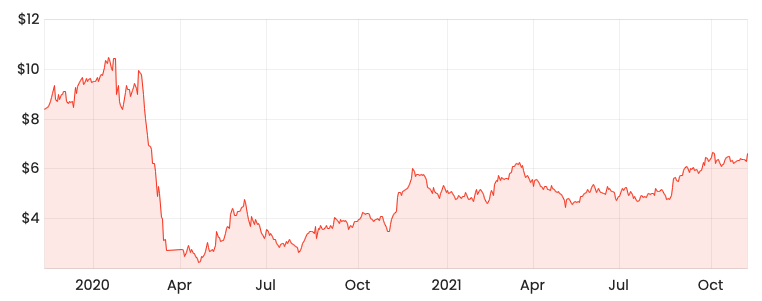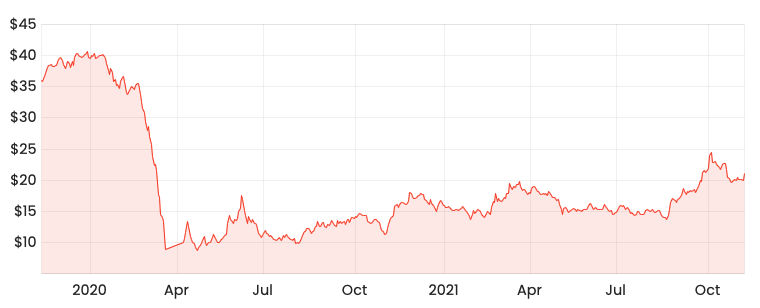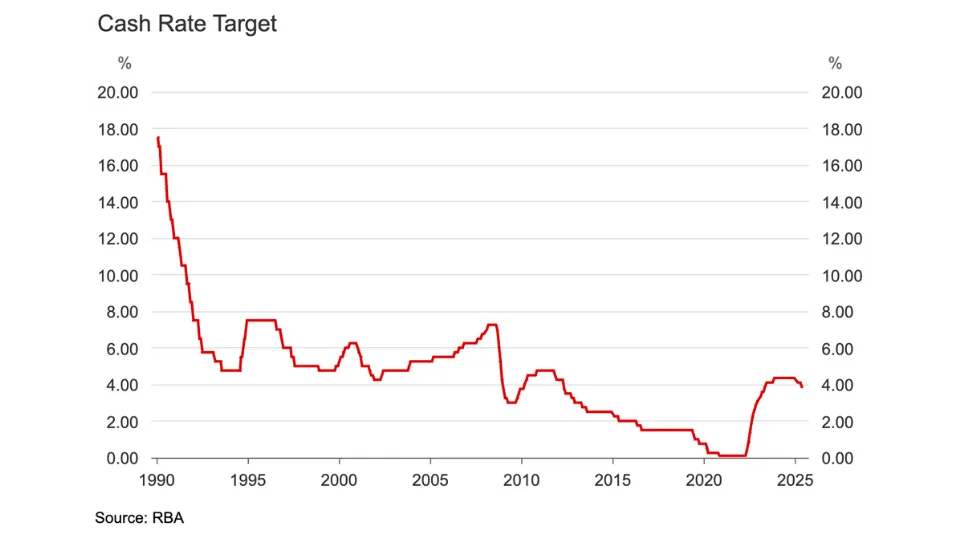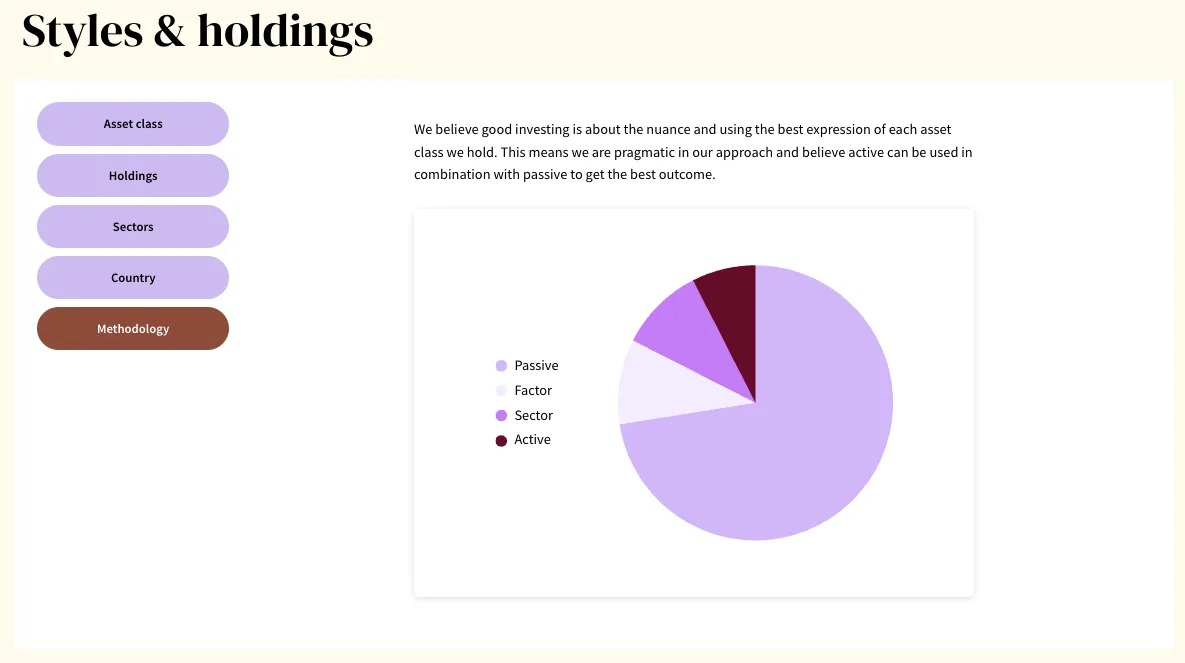You would be hard-pressed to find two ASX shares harder hit by the pandemic than Webjet Limited (ASX: WEB) and Flight Centre Travel Group Ltd (ASX: FLT).
Both businesses saw their share price capitulate over 70% in March last year, before slowly recovering as vaccines rolled out and restrictions subsequently eased.
With international travel set to kick off in Australia, is now the time to buy these two ASX shares?
Here’s why I’m avoiding them for now.
WEB share price

FLT share price

The illusion of price charts
A brief look at the Webjet and Flight Centre price charts will show two businesses far from their highs before the pandemic hit.
Webjet was hovering around $9. Meanwhile Flight Centre was trading above $40.
Now Webjet is at $6.60 while Flight Centre is at $21.10.
Without any further research, a reasonable person would conclude that both shares looked undervalued.
However, price charts only show the price of one share.
What an investor really wants to know is how much the business is worth, not just one share in the business.
Introducing enterprise value
A common metric for determining the value of an entire business is enterprise value.
Put simply, it’s what the equity is worth of the company (number of shares by share price), plus debt and minus cash.
Don’t get too hung up on the calculation, just think of enterprise value as the value of a business.
WEB enterprise value

FLT enterprise value

Excuse the small charts. But hopefully, you can see a clear trend.
The total value of both Webjet and Flight Centre is either above or at the level before the pandemic hit.
What does this mean?
Despite the share price looking well below its pre-pandemic levels, the total value of the business is actually above COVID-19 levels.
What? How? Why?
When the pandemic hit in March, both Webjet and Flight Centre had to raise money.
At this time, travel had come to a standstill. Therefore revenue had stopped flowing in but the companies still needed to keep the lights on.
In exchange for cash, both Webjet and Flight Centre issued more shares.
To use a food analogy, the pizza was split up into more pieces.
While the share price (cost of each slice) might look lower than before the pandemic, both businesses (pizzas) have a lot more shares (slices).
In summary, you’re not getting as much of the company (or pizza) as before the pandemic.
Hence, the share price readjusts to reflect this dilution.
My take
With the Webjet enterprise value above pre-pandemic levels, and Flight Centre hovering at its prior valuation before COVID-19, I’m avoiding these ASX travel shares for now.
I’m yet to be convinced that either will return to the same level of profitability each enjoyed in 2019.
Subsequently, I’d want a much lower price before adding these two shares to my portfolio.
If you’re looking to learn how to do your own ASX company valuations, take our free share valuation course, which takes you through 6 common share valuation techniques, step by step.
Or try our Beginner Shares Course if you’re just starting out. Both are free!











